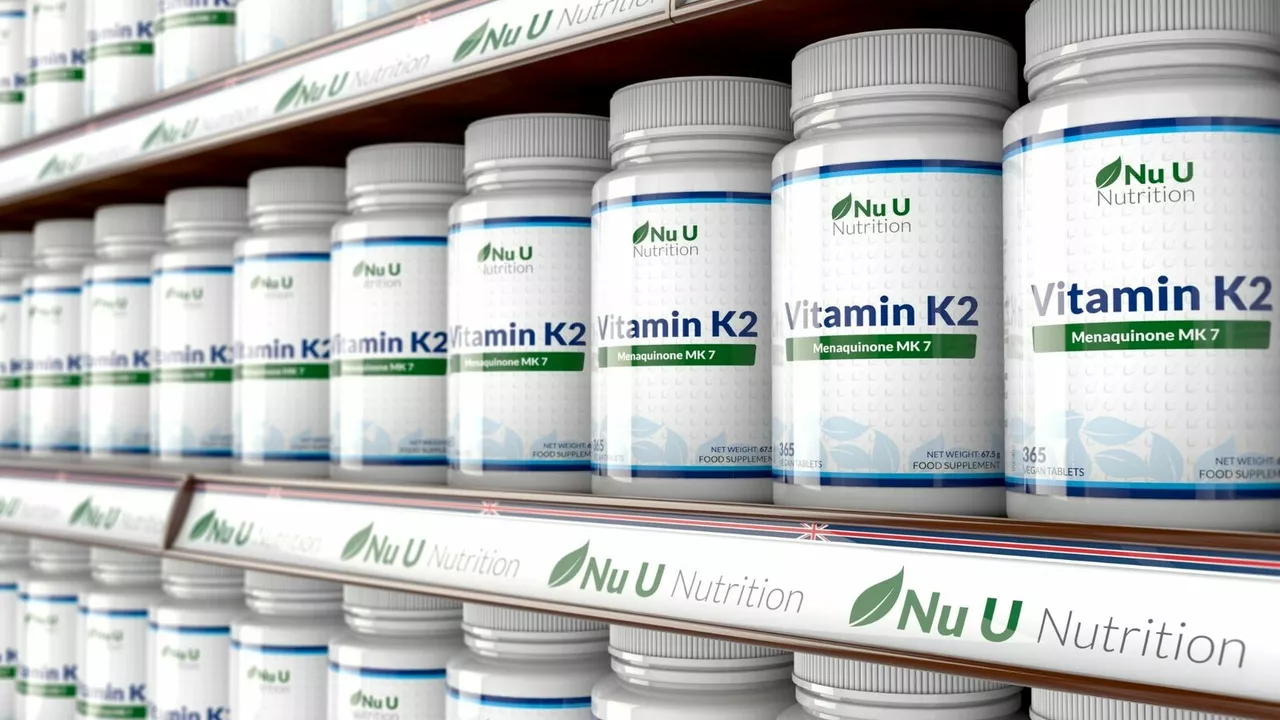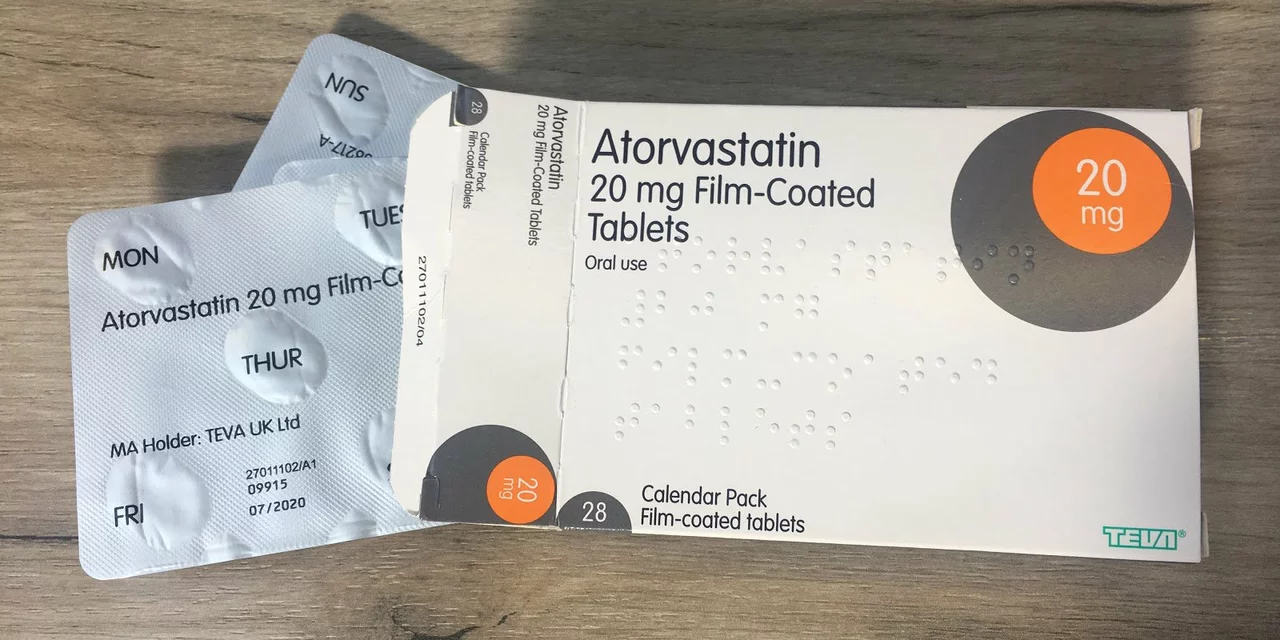Vitamin D: What It Does, How to Test, and Smart Supplement Tips
Vitamin D helps your bones, immune system, mood, and energy. You make it when your skin hits sunlight, but many people still don’t get enough — especially if you live far from the equator, work indoors, cover up for cultural or medical reasons, or have darker skin. This quick guide explains what to look for, how to check your levels, and safe ways to boost vitamin D without guessing.
How to know if you’re low
Low vitamin D can feel vague: tiredness, aches, muscle weakness, and slow wound healing are common. Bone pain and more frequent infections can also show up. The only sure way to know is a blood test called 25‑hydroxyvitamin D (25‑OH). Doctors usually recommend testing if you have risk factors, osteoporosis, chronic illness, or symptoms that don’t have another clear cause.
Target levels vary by guideline, but many clinicians aim for 20–50 ng/mL, with 30 ng/mL often used as a practical goal. Talk to your provider about what target makes sense for you.
Ways to boost vitamin D safely
Sunlight: Short, regular sun exposure to arms and legs can help — about 10–30 minutes several times a week depending on your skin tone and where you live. Avoid sunburn; protection matters.
Food: Few foods contain much vitamin D naturally. Fatty fish (salmon, mackerel), egg yolks, and fortified milk or cereal help but usually aren’t enough alone.
Supplements: Vitamin D3 (cholecalciferol) is the common, effective choice. Typical over‑the‑counter doses are 600–2000 IU/day for general maintenance. If you’re deficient, doctors may prescribe higher doses short-term (for example, 50,000 IU weekly) and then recheck levels. Don’t up your dose long-term without testing — excess vitamin D can cause high calcium and kidney issues.
When taking supplements, take them with a meal that has fat — vitamin D is fat‑soluble so it absorbs better. If you’re on other meds (like certain anticonvulsants, steroids, or weight-loss drugs), check interactions with your provider.
Special groups that often need testing or higher doses: older adults, people with obesity, those with dark skin, people with malabsorption (like celiac or Crohn’s), and anyone who has had bariatric surgery.
If you start supplementation for deficiency, recheck 25‑OH levels after 8–12 weeks to see if the dose worked. If levels are very high or you have symptoms like nausea, excessive thirst, or confusion, seek medical advice — those can be signs of vitamin D toxicity.
Practical tip: pair your vitamin D check with an annual blood panel. If you’re unsure about dose or testing, ask your primary care clinician or a pharmacist for a clear plan — a short chat can prevent guessing and keep your dose safe and useful.
Vitamin D Supplements: A Simple Solution to a Complex Problem
Well folks, here's a tongue-twister for you - Vitamin D deficiency! It's a complex problem but, guess what? There's a simple solution - Vitamin D supplements. Pop a pill, soak up the sun (not too much, though), and voila! You're on your way to stronger bones and a healthier immune system. Ain't health science a marvelous thing? It's like magic, but with a white lab coat! So, don't let the D-saster (see what I did there) hit you, take charge with these wonderful little sunshine pills!
Atorvastatin and Vitamin D: What You Should Know
As a blogger, I've come across some interesting information about the connection between Atorvastatin and Vitamin D that I think you should know. Atorvastatin is a medication commonly used to lower cholesterol, while Vitamin D is essential for our overall health. Some studies suggest that taking Atorvastatin may actually increase Vitamin D levels in the body, which is a great added benefit. However, it's important to consult with your doctor before making any changes to your medication or supplements. Stay tuned for more updates on this topic!


